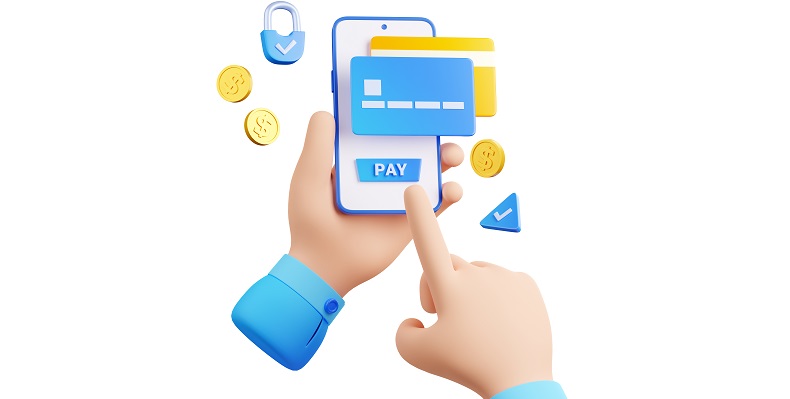In the world of online payments, PayPal and Shopify have emerged as two popular choices for businesses. While both offer convenience and security, they differ in terms of ease of use, problems encountered, and the resolution of payment disputes. In this article, we will provide a comprehensive comparison of PayPal and Shopify, exploring their strengths, weaknesses, and key differences.
Ease of Use: PayPal vs. Shopify
When it comes to ease of use, PayPal is often considered the simpler option. Many people find it user-friendly and easy to navigate. One advantage of using PayPal with Shopify is its built-in integration, allowing merchants to easily set up PayPal as a payment gateway on their website. However, it is worth noting that customers may find it slightly inconvenient to be redirected to the PayPal website to complete their transactions on Shopify.
Problems with PayPal
Despite its popularity, PayPal does have its drawbacks. One common issue is the high transaction fees imposed by the platform. Businesses utilizing PayPal as their payment processor may find that these fees eat into their profits. Additionally, PayPal does not accept all payment methods, limiting the range of options available for customers to pay. This can be a significant disadvantage for businesses operating in regions where alternative payment methods are popular.
PayPal for Simplicity
For businesses seeking a straightforward payment processing solution, PayPal is often the better choice. Its intuitive interface and ease of setup make it a go-to option for small businesses and individuals looking to start accepting payments quickly. PayPal’s simplicity is particularly beneficial for those who are less tech-savvy or have limited resources to dedicate to payment processing.
Shopify Payments vs. PayPal
One crucial aspect to consider when choosing between PayPal and Shopify is the resolution of payment disputes. Shopify Payments generally makes a decision within 60 days, providing a quicker resolution for merchants involved in disputes. However, it is important to note that if Shopify Payments deems the customer’s claim stronger, they may issue a refund to the customer, potentially putting the merchant at a disadvantage. In contrast, PayPal’s dispute resolution process can take up to 75 days or longer. This prolonged timeline can be frustrating for businesses seeking timely resolutions. However, PayPal adopts a more neutral stance in disputes and evaluates each case individually, potentially providing a fairer outcome.
Security Features of PayPal and Shopify
Both PayPal and Shopify offer a high level of security to ensure the protection of sensitive customer information. However, their security features differ in some important ways. PayPal boasts robust buyer and seller protection programs, safeguarding transactions against fraud and chargebacks. On the other hand, Shopify leverages advanced fraud detection tools and encryption technologies to provide a secure payment environment.
When choosing between PayPal and Shopify for online payments, businesses must carefully consider their individual needs and priorities. While PayPal is often regarded as easier to use, it does come with certain drawbacks, such as high transaction fees and limited payment method support. Shopify offers a built-in PayPal integration but may have longer resolution times for disputes. Ultimately, businesses should weigh the pros and cons outlined in this article and select the platform that aligns best with their specific requirements.

